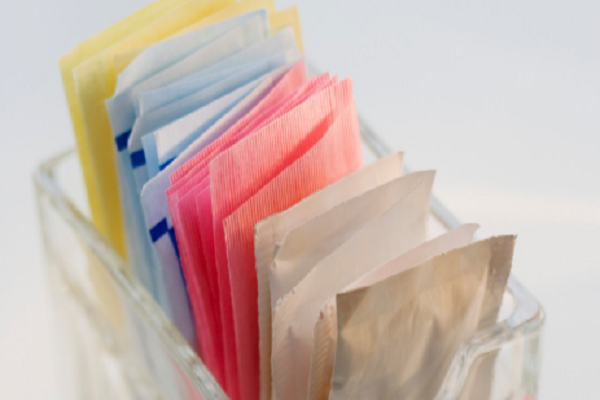The culturing of fingerlings should be graded, that is, from the juvenile to the fish weighing up to 20 grams for the cultivation of small fingerlings; the cultivation of individuals weighing 20-100 grams for the cultivation of large fingerlings; the cultivation of the weight of more than 100 grams The stage is the stage for the preparation of adult fish. Each stage needs to be divided into 2-3 stages according to the growth conditions, density, and changes in hydration factors, gradually grading and rearing, and creating good ecological and management conditions to adapt to the growth of the species.
The stocking density of the fingerlings is restricted by many factors. Such as water temperature, water quality, dissolved oxygen in water, fish size, etc. Generally, under normal conditions, juveniles have a stocking density of 1000-1300 tails per square meter. Individuals weighing 3-5 g have a stocking density of 200-300 tails per square meter, and individual stocking densities of about 20 grams are 80. - Individual stocking densities of 100-50/m2 and body weight of about 100 g are 40-50 tails/m2. Intensive farming generally refers to the stocking density formula:
A=(BC)D/E
Where A--the maximum stocking density (kg/m3)
B--into the amount of dissolved oxygen (g/l) C--to maintain the normal growth of fish, the lowest dissolved oxygen (g/l)
D--pool water exchange times (times/hour)
E--Oxygen consumption of fish (g/ton hour). The general case is calculated as 50% of the A value.
At present, the common culture ponds include live water and soil pools, flowing cement floors, and glass tank sinks. Juvenile fish pond area of ​​1-5 square meters, water depth of 30 cm is appropriate; fish pond size is 5-30 square meters in area, water depth of 0.5-1 meters is appropriate; adult fish pond size is 30-100 square meters, Water depth 1.2-1.5 meters is appropriate. There should be a significant slope drop at the water-feeding fish pond into the water outlet, which is generally 2%, so as to facilitate the removal of dirt and keep the water quality clean. Drain outlets and overflow outlets are to be provided with a net gate according to the size of the fish to prevent fish escape. Wherever possible, attention should be paid to winter insulation and summer shade.
The small fingerling stage is fed 4 times a day; the big fingerling stage is fed 2-3 times a day. The number of feedings is based on "four look". That is: look at the water temperature, see the climate, see the water quality, and watch the fish activity. Such as: 20 grams of fish species, at a water temperature of 8 °C, the daily feeding rate of 1.4% of the fish body weight; at a water temperature of 14 °C, daily feeding rate of 2.7% of the fish body weight. When the water temperature was 10°C, the daily feeding rate of the fish with a body weight of 5 grams was 2.2%, and the daily feeding rate with a body weight of 50 grams of fish was 1.5%.
The method of feeding is based on the principle of four determinations, that is, feeding the bait every day for a relatively fixed period of time, so that the fish can develop the habit of feeding regularly. Feed must be qualitative and quantitative, that is, nutrition is comprehensive, palatability is good, quality is guaranteed, and 80% of the fish's satiety is given, and it should be fed at the designated place. Due to the high requirement of dissolved oxygen in the water body of squid, in order to prevent the fish from intensively consuming for a long time, the area of ​​the fed bait may be appropriately large, and the feeding time is preferably within 10-15 minutes. In order to enable the fish to feed evenly, the amount of feed each time can be divided into 4-5 shots, the time interval is about 3 minutes. During the breeding process, it is necessary to pay attention to the inspection of the patrol pond every day, observe the fish’s activities and feeding conditions, and whether there are any problems such as fish escape, and timely adjust the flow of water and water to remove the dirt from the pool and keep the water clean. In addition, the observed conditions and water quality measurement data should also be recorded in a timely manner in order to identify problems for analysis. Timely pooling and grading are also an important part of feeding management. Because the individual growth of fish is quite different, if they are not graded in time, the large individual will rush to eat ferociously and grow faster and faster, while the small individuals will grow slowly because they cannot grab food. The classification work is generally suitable for 20-30 days. Individuals of different sizes are separately reared and the stocking density is reduced at the same time.
Sweetener Solutions
Usually, the high-intensity Sweeteners do not use singly. In order to get better taste, sweeteners sometimes are used as mixture sweetener in the food. We also provide professional Sweetener solutions and various customized services. According to customers` requirement, no matter in design, research or production, we are committed to creating a new experience of sweetness and healthiness for consumer with you. In fact, sweetener blends are good choice once you have problem by using single sweetener, they have more advantages, and like blends of Aspartame and Acesulfame potassium can improve the sweetness level and our Neotame based blends can save more production cost.
NovoSweet solutions will help you to rearrange the formula, to ensure it meets the requirements of you and your customers. It will bring you a more delicious product, and make you become more competitive.


Sweetener Solutions,Neotame Blend,Mixture Sweetener,Stevia Extract
Nanjing Sunshine Biotech Co., Ltd , https://www.sunshine-bio.com
